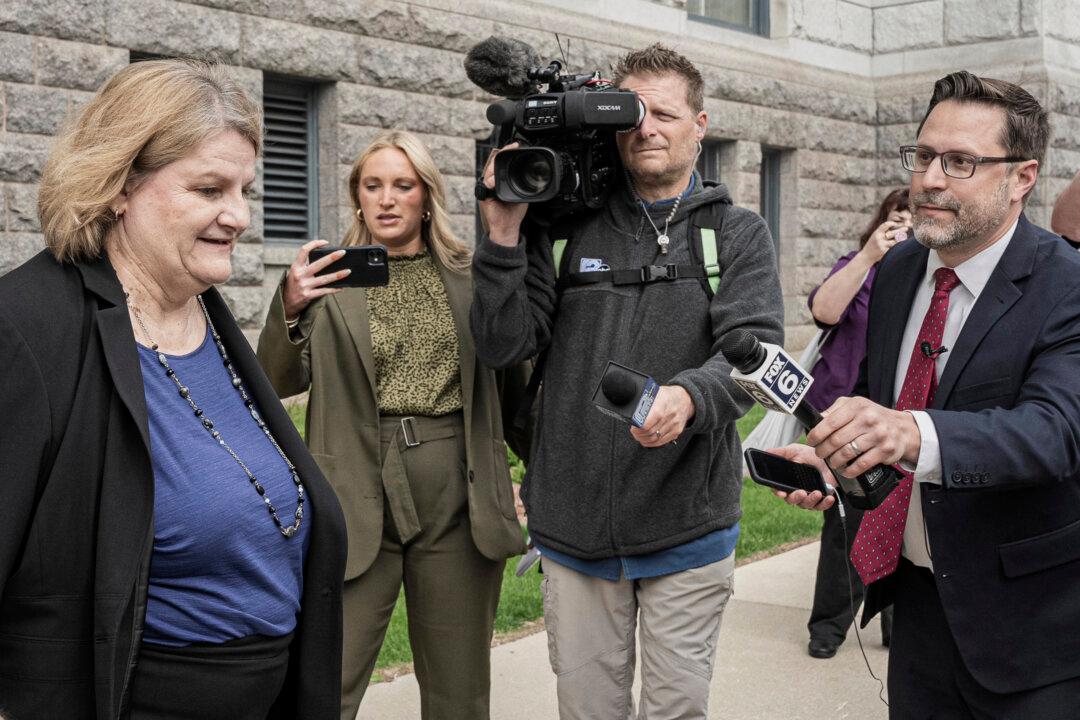Thursday, Dec. 16, 2011
THEN
On the night of Dec. 16, 1773, around 200 men disguise themselves as Indians and board three cargo ships docked in Boston Harbor. On board, the men break open all 342 caskets of tea and dump them into Boston Harbor. The Boston Tea Party, as it came to be known, is a symbolic protest against being taxed by Britain while not having representation in Parliament. For several years, colonists refuse to pay taxes. In response, Parliament retracts most taxes, but also comes up with a plan to provide American colonists with low-cost tea—a staple of colonial life—but with a levy. Buying the tea, therefore, would amount to acknowledging Parliament’s right to tax them. Tea shipments arriving in New York and Philadelphia are prevented from docking. When shipments arrive in Boston, residents are furious. As many as 7,000 gather at the harbor where the tea is ultimately dumped in the harbor.
NOW
Today, the Tea Party movement, taking its name from the famous Boston event, was sparked when President Barack Obama signed the $787 billion economic recovery package into law in Feb. 17, 2009. Later that week, CNBC correspondent Rick Santelli went into a rant, in which he said, “How many of you people want to pay for your neighbor’s mortgage that has an extra bathroom and can’t pay their bills, raise their hand? ... We are thinking of having a Chicago tea party in July. All you capitalists that want to show up at Lake Michigan, I’m going to start organizing.” The video went viral and within days Tea Party sites sprang up all over the Internet. On Feb. 27, thousands around the country join rallies in 48 cities. Over time, regional Tea Party organizations form under the unifying banner of fiscal conservatism. In the 2010 federal midterm elections, the Tea Party backs select Republican candidates, with some winning seats in the House and Senate. The movement continues today, ready to participate in the upcoming presidential election.




